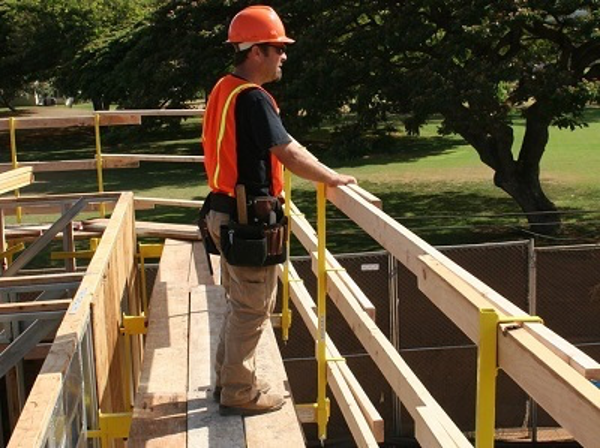
Controlling exposures to occupational hazards in the workplace is the fundamental method of protecting workers, but too often workers and managers resort to using personal protective equipment (PPE) as a first line of defense from a serious safety hazard. However, according to OSHA and industry best practices it should be the last type of safety measure or control implemented. Instead, safety managers, supervisors, and workers should evaluate the specific safety hazards in their workplace and find ways to eliminate the situation, institute an engineering control, or change the way the team handles the task before using PPE.
The graphic below effectively demonstrates the more effective control methods all the way down to PPE, which should also be added as the last control solution.

Elimination and Substitution are the most effective ways to reduce hazards and protect employees, but these two control methods may also be the most difficult to implement. However, don’t assume they are the most expensive or complicated solutions before taking the time to do a risk analysis and hazard assessment.
Elimination: If at all possible, remove the hazard from the workplace completely.
For example,
- properly dispose of a hazardous chemical that is no longer used to remove it from the work environment.
- eliminate trip hazards from workplace walkways.
- introduce mechanical lifting devices into the workplace to eliminate the hazards of manual lifting.

Substitution: When elimination of the hazard is not possible, then replace the hazard with a less hazardous solution. A common example is to replace a toxic chemical with a less toxic one like replacing paints containing lead with non-leaded paint. It is important to monitor any substitution to ensure that a new hazard wasn’t unknowingly introduced.
Engineering: When the hazard cannot be removed completely or substituted, then engineering controls are the next best control method. Engineering controls are used as a way to place a barrier between the user and the hazard. A couple of great examples of engineering controls are adding properly installed guardrails when employees are working at heights and ensuring that machine guards are in good working order.

Administrative: As an additional measure, when hazards still exist, then procedures can be changed, training can be provided, signs can be added to the work environment, or actions can be taken to change the way people work. Other administrative controls include markings on pedestrian walkways, warning sirens or lights, alarms, safety procedures, and work permits.
Examples of administrative controls can be found in OSHA’s Beat the Heat campaign regarding the dangers outdoor workers face when temperatures rise in the summer. Providing workers with more water, adequate shade and frequent breaks, implementing a buddy system, and training employees on heat illness prevention are all ways that the hazards of heat illness can be reduced when it’s obviously impossible to eliminate or substitute this hazard.
Personal Protective Equipment: As a control method, PPE is definitely less effective that all the other control methods but when there are still potential hazards after implementing as many of the other control methods as possible, then PPE is essential. PPE requirements are different for every work environment, job task and employee. Protective clothing and equipment may include safety glasses, hearing protection, personal fall arrest systems, respirators, gloves, work boots, etc.
Employers are responsible for providing a workplace free of known safety hazards. After performing a hazard assessment in the workplace, using the hierarchy of controls chart to decide on the best control measures for the hazards found will go a long way to implementing safety measures that protect your workers.